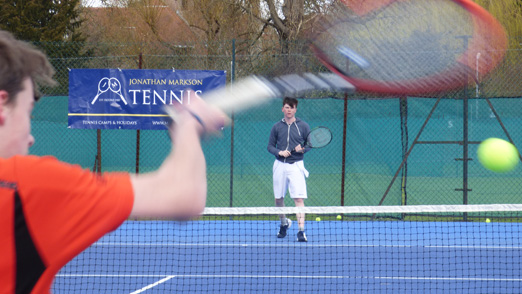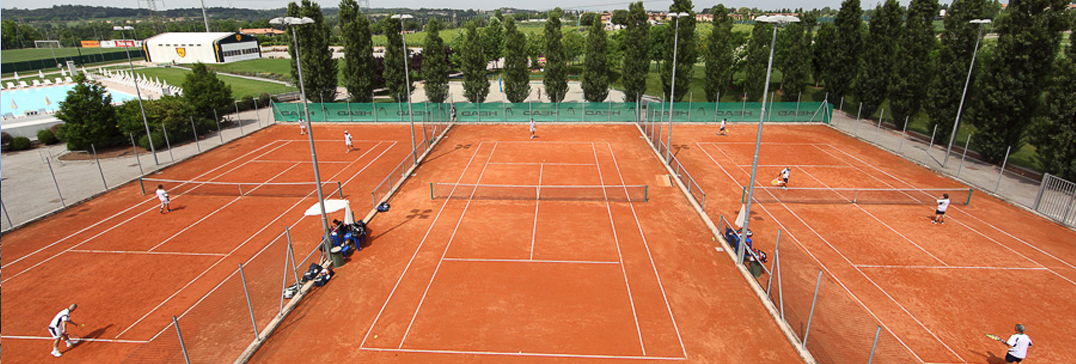09/11/2018 | Emily Webley-Smith

Preparing for the hard-court season
As winter draws-in, clubs across the country say their final farewell to their hallowed turf and our attention turns to the hard courts once more. At the top end of the game, that means "The Asian Swing", made up of Tokyo, Beijing, Shanghai and more, a little after that the European Indoor circuit, and at club level, the good old trusty tarmac if the sun is shining, and the dash for an indoor court if it's not. So how does this transition affect our tennis and how must we prepare the body for this change?
Preparing your body
Hard courts are notoriously unforgiving and the repetitive nature of tennis with the forces that go through the body as we change direction multiple times even in one point can demand a great deal. I like to ensure my body can tolerate this by preparing physically using a gradual increase of plyometric exercises, and power training in the gym. I want to be able to re-enact the moves I will make on the court, to ensure I can handle a livelier ball height, and be at my most dynamic. Unlike grass which requires a lower crab-like movement, on hard courts there can be a full extension through each shot, pushing against the court to create power using the whole kinetic chain.
Adapting your game to the hard court
The ball is usually lighter than the typical grass court ball, and therefore livelier; meaning it can come through the court, or up off the court more quickly. Crucially, we must be in the best possible position to deal with this, ensuring we are right behind every ball, transferring weight into the court where possible. Even if you have to back-up to come forward, this is going to be a more offensive and secure way of playing than hugging the baseline and half-volleying deep balls with lazy feet! Which, incidentally is not easy....These kind of footwork patterns can be worked on with a medicine ball on or off the court with some space, a willing partner and some cones to mark the point of contact.
Rhythm and timing
The points we play on hard-courts can vary widely depending on the speed of the court, but what you know you will always get, is a true bounce. Rhythm and timing drills, repeating the specific patterns you would like to play, are important particularly at the start if the new season or when adjusting to a new court.
Preparing for the cold
Wrists and ankles must also be looked after, as with a livelier ball we are more likely to be late on contact, so I use bands to warm up the joints with simple movements and rotations before every session, particularly in the colder weather.
Recovery
Recovery is very important. All that slamming on the brakes on the hard surface can cause unwanted pain or aching after a tough practice or match. Take care to ensure proper footwear on the court too, as worn out shoes on old courts are a knee, Achilles or foot problem waiting to happen. Cool down with some light non-impact cardio on a bike or cross trainer and get in the water where you can- whether that's a pool, jacuzzi, or simply a hot bath.
Finally, my advice is to work hard on the hard courts but work smart. Respect the body and what we put it through, we only get one after all!

